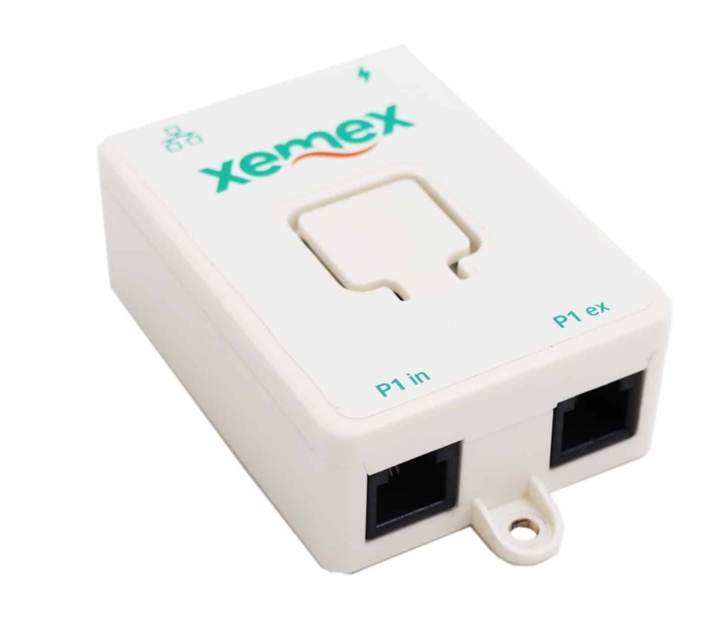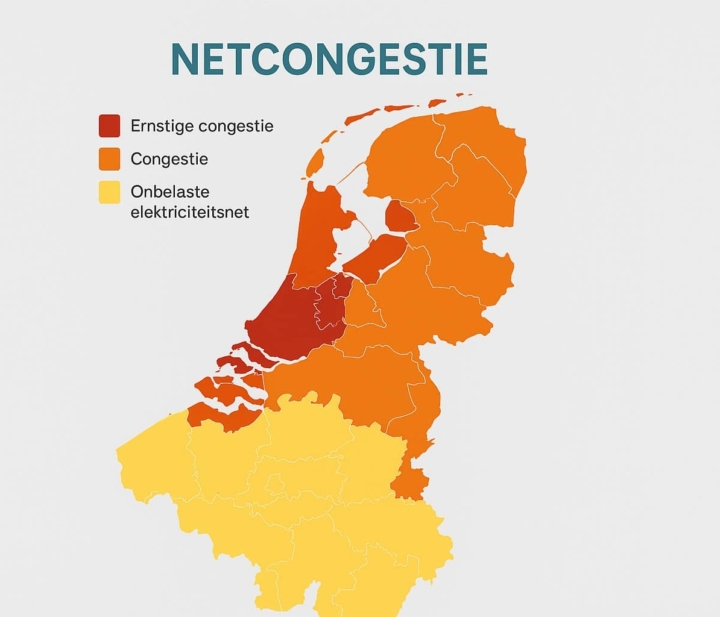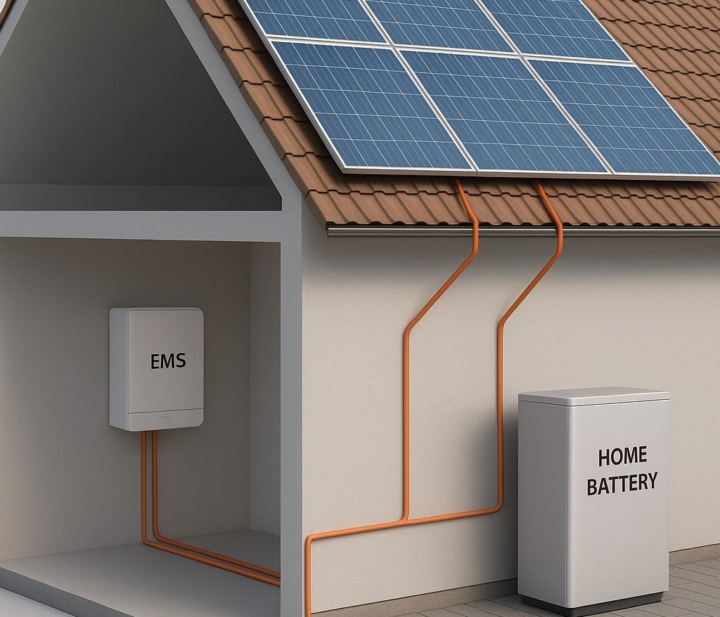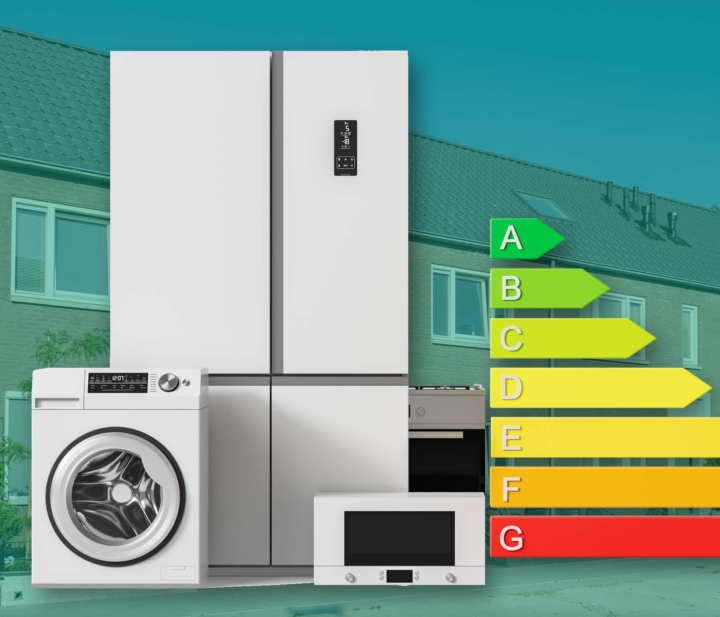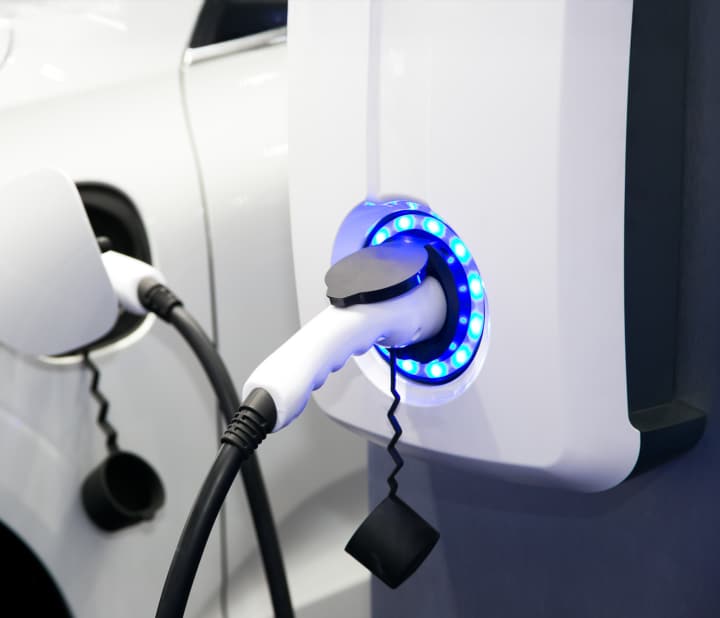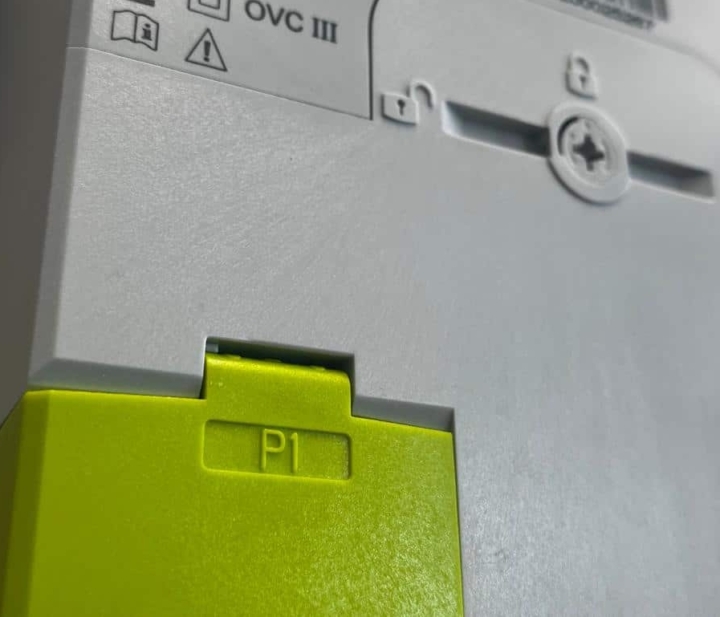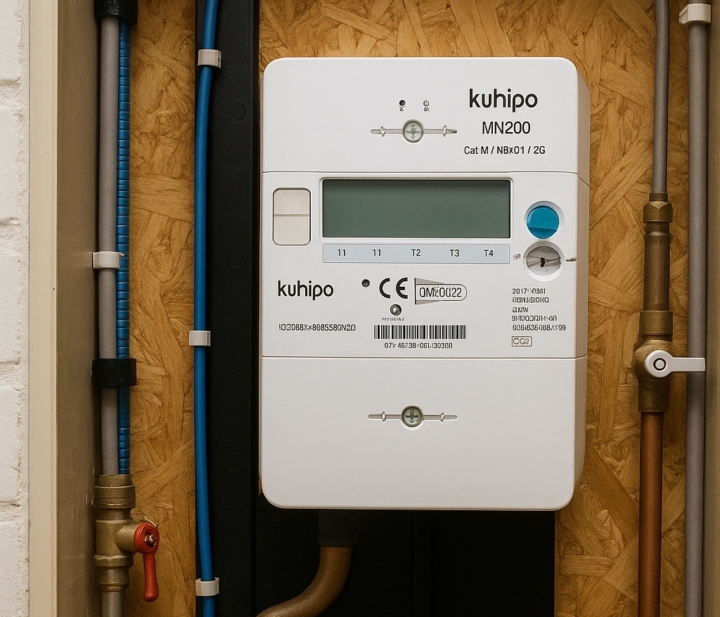Charging Station: Smart Solutions for Growing EV Demand
Charging stations have become an essential part of our transition to sustainable mobility. As more people in the Netherlands and Belgium switch to electric vehicles, the demand for reliable and smart charging solutions grows rapidly. Whether you are an installer, network operator, energy company, or an end user passionate about sustainability, understanding how to install and manage a charging station effectively is crucial. In this comprehensive guide, we dive into charging station installation information, load balancing for charging stations in the Netherlands, smart charging station energy management, charging station capacity and load management, and charging station network management solutions.
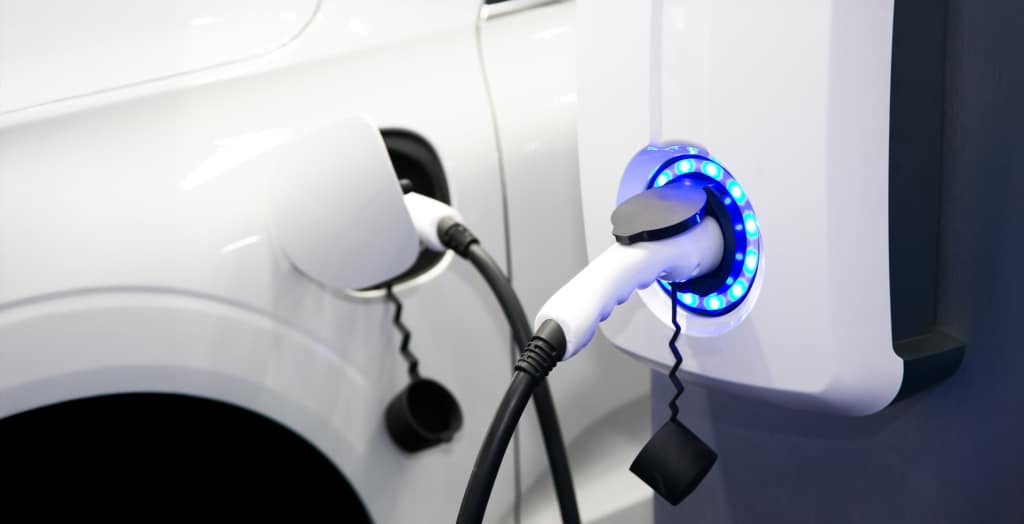
The Challenge: More Electric Cars, Limited Grid Capacity
Electric cars are rapidly gaining popularity, significantly increasing electricity demand. This surge puts pressure on the existing energy grid, especially in residential areas where multiple vehicles want to charge simultaneously. The grid has limited capacity, and peak loads can cause voltage drops and overloads. Often, not all charging stations can operate at full power at the same time. This situation demands smart solutions to optimize available capacity, prevent outages, and manage load efficiently.
Charging Stations: Varieties and Installation Insights
The market offers many types of charging stations, ranging from basic home chargers to advanced public and commercial units. Brands like Alfen have become popular for their reliable and flexible products. The installation process requires professional insight, as factors such as location, power capacity, and grid compatibility influence the setup. Proper placement ensures user convenience and safety, while compliance with local regulations guarantees legality.
Installing a charging station typically begins with a site assessment, including an analysis of existing electrical infrastructure and user needs. Then, wiring and mounting take place, followed by system configuration. In many cases, integrating the charging station with energy management systems enhances performance and cost efficiency.
Load Balancing for Charging Stations in the Netherlands
One of the critical technologies in this space is load balancing. Load balancing dynamically distributes the available electrical capacity among multiple charging stations to prevent overloading the grid. Using devices like the P1MB from Xemex, installers and network operators can implement advanced load management, ensuring that no single station exceeds its allocated power.
This technology adapts to real-time demand, allocating power where it’s needed most. For example, if one EV finishes charging, the system can increase power delivery to another vehicle. This dynamic allocation avoids unnecessary costs associated with upgrading grid infrastructure and improves user experience by reducing charging wait times.
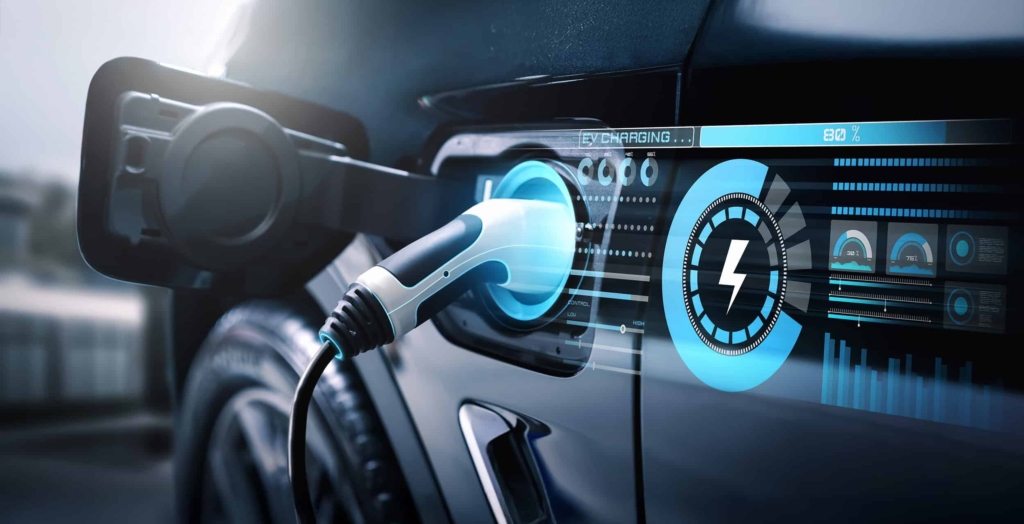
Smart Charging Station Energy Management
Smart charging stations don’t just charge cars; they integrate into broader energy ecosystems. Modern energy management systems (EMS) like Xemex’s ENNY EMS enable this integration by controlling and optimizing energy flows between solar panels, home batteries, and electric vehicles. Such EMS systems monitor energy production, consumption, and storage in real time.
If you generate solar power at home, your EMS can prioritize charging your EV with that green energy, reducing reliance on the grid and saving on electricity bills. In periods of peak electricity prices or grid stress, the EMS can reduce or delay charging, contributing to grid stability. This process is also known as peak shaving and helps avoid high demand charges.
Managing Charging Station Capacity and Load
Managing the capacity and load of charging stations goes beyond preventing grid overloads. It also involves planning for future expansion and optimizing energy usage. With the right systems in place, users and operators can forecast demand and adjust settings accordingly.
Advanced EMS and load balancing devices can factor in real-time data, such as weather forecasts that affect solar production, or historical charging patterns. This data-driven approach allows for smarter decisions, such as scheduling EV charging during times of surplus renewable energy or low grid demand.
Charging Station Network Management Solutions
On a larger scale, charging stations connect into networks managed by energy companies or municipalities. Network management solutions coordinate thousands of charging points to ensure grid reliability and efficient energy distribution. They provide remote monitoring, diagnostics, and user management tools.
For example, the Xemex SCC (Smart Charging Controller) can operate Alfen charging stations within a managed network, ensuring optimal operation across different locations. Such solutions are vital as public charging infrastructure grows and EV adoption accelerates.

The Installation Process: Step by Step
When installing a charging station, start by selecting the right product based on your power needs and compatibility. Next, assess your current electrical system to verify it can handle the additional load or if upgrades are necessary. After securing permits and following safety standards, the actual installation involves mounting the station, connecting it to the electrical panel, and configuring communication with any EMS or load balancing equipment.
After installation, the system undergoes testing to ensure proper function and safety. Training for users or technicians may follow, especially when integrating with smart energy management platforms.
How EMS Connects Solar Power, Home Batteries, and EV Charging
A cutting-edge EMS balances energy flows intelligently. During sunny hours, solar panels generate power that can charge your EV directly or fill a home battery for later use. When the car needs charging at night, the EMS can draw power from the battery or grid, depending on cost and availability.
EMS systems also respond to grid signals, such as demand response events or imbalance market prices, adjusting charging accordingly. This integration reduces energy costs, lowers carbon footprints, and enhances grid stability.
Discover More About Energy Management and Charging Solutions
Interested in learning more? Explore our articles on smart meters and energy monitoring, dive into load balancing technology, or understand how EMS platforms optimize energy flows.
Take Control of Your Energy Future Today
Ready to upgrade your charging infrastructure? Contact expert installers or energy consultants who can guide you through the best products and solutions for your needs. Combining smart charging stations with advanced EMS unlocks a future of efficient, sustainable energy use.
Always ready to start
Wondering what we can do for your organization? Contact Xemex and discuss your needs with our team. Together we will realize a solution that addresses your energy challenges and opens up new possibilities.
Burgemeester Burgerslaan 40
5245 NH 's-Hertogenbosch, The Netherlands
Metropoolstraat 11a
2900 Schoten; Belgium
